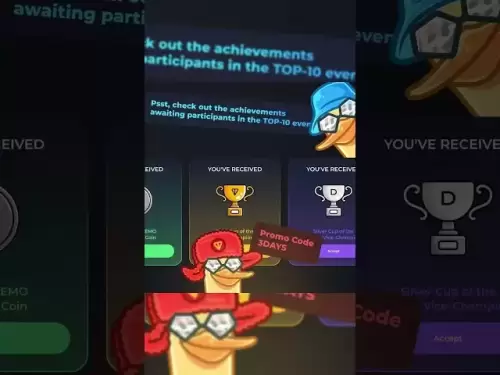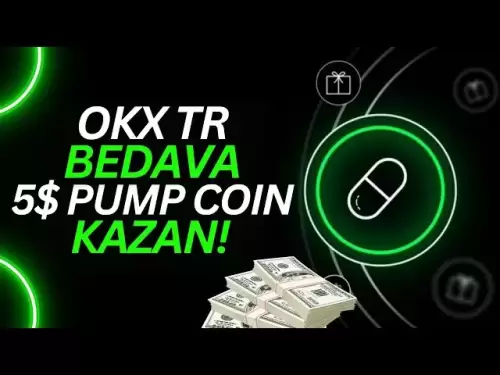-
 Bitcoin
Bitcoin $117400
-0.46% -
 Ethereum
Ethereum $3768
0.60% -
 XRP
XRP $3.551
2.09% -
 Tether USDt
Tether USDt $1.000
0.00% -
 Solana
Solana $203.2
11.30% -
 BNB
BNB $770.9
1.92% -
 USDC
USDC $0.9999
0.01% -
 Dogecoin
Dogecoin $0.2709
-0.02% -
 Cardano
Cardano $0.9024
4.49% -
 TRON
TRON $0.3139
0.60% -
 Hyperliquid
Hyperliquid $45.60
-1.41% -
 Stellar
Stellar $0.4730
-1.34% -
 Sui
Sui $4.025
2.15% -
 Chainlink
Chainlink $19.79
2.19% -
 Hedera
Hedera $0.2724
-2.39% -
 Avalanche
Avalanche $25.93
3.05% -
 Bitcoin Cash
Bitcoin Cash $524.0
-1.83% -
 Shiba Inu
Shiba Inu $0.00001558
0.50% -
 Litecoin
Litecoin $116.7
-0.30% -
 UNUS SED LEO
UNUS SED LEO $8.996
0.00% -
 Toncoin
Toncoin $3.334
1.83% -
 Polkadot
Polkadot $4.506
0.34% -
 Uniswap
Uniswap $10.99
4.83% -
 Ethena USDe
Ethena USDe $1.001
0.03% -
 Pepe
Pepe $0.00001461
3.17% -
 Monero
Monero $320.3
-1.01% -
 Bitget Token
Bitget Token $4.935
0.36% -
 Dai
Dai $0.9998
0.00% -
 Aave
Aave $322.4
-1.25% -
 Bittensor
Bittensor $455.6
9.33%
Solidity tutorial for beginners
Solidity is a high-level programming language used to write self-executing smart contracts on the Ethereum blockchain, enabling developers to build secure and efficient decentralized applications.
Jul 20, 2025 at 07:21 am
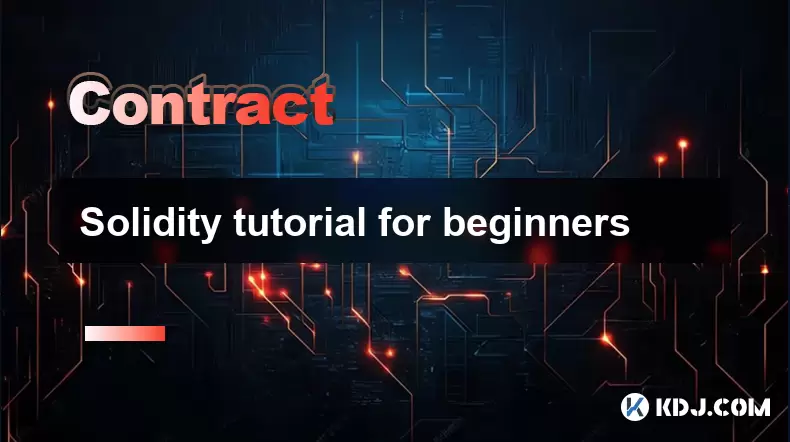
Introduction to Solidity and Smart Contracts
Solidity is a high-level, statically-typed programming language specifically designed for writing smart contracts on the Ethereum blockchain. Smart contracts are self-executing agreements that automatically enforce and execute terms without intermediaries. Understanding Solidity is essential for developers aiming to build decentralized applications (DApps) on Ethereum or other EVM-compatible blockchains.
Solidity's syntax is similar to JavaScript, making it relatively accessible for developers familiar with web programming. However, the blockchain environment introduces unique concepts such as gas fees, state changes, and transaction finality that developers must understand before writing secure and efficient contracts.
Setting Up the Development Environment
Before diving into writing Solidity code, it’s crucial to set up a proper development environment. This includes installing tools that allow you to write, compile, and deploy smart contracts.
- Install Node.js and npm: These are prerequisites for many Ethereum development tools.
- Install Truffle: A popular Ethereum development framework. Run
npm install -g trufflein your terminal. - Install Ganache: A personal blockchain for Ethereum development. Download the GUI or CLI version from trufflesuite.com/ganache.
- Set up a code editor: Visual Studio Code with the Solidity extension by Juan Blanco is highly recommended.
Once the environment is ready, you can start creating and testing smart contracts locally before deploying them on a testnet or mainnet.
Writing Your First Solidity Smart Contract
Let’s create a simple smart contract that stores a number and allows anyone to retrieve or update it. This example demonstrates basic Solidity syntax and structure.
pragma solidity ^0.8.0;contract SimpleStorage {
uint storedData;
function set(uint x) public {
storedData = x;
}
function get() public view returns (uint) {
return storedData;
}
}
- pragma solidity ^0.8.0; specifies the version of Solidity used to compile the contract.
- contract SimpleStorage { ... } defines a new contract named SimpleStorage.
- uint storedData; declares a state variable of type unsigned integer.
- function set(uint x) public { ... } allows anyone to update the stored value.
- function get() public view returns (uint) retrieves the stored value without modifying the contract state.
This basic contract illustrates how data can be stored and accessed on the blockchain.
Compiling and Deploying the Contract
After writing the contract, the next step is to compile and deploy it using Truffle and Ganache.
- Create a Truffle project: Run
truffle initin a new directory. - Place the contract file in the
contracts/folder. - Create a migration file in the
migrations/folder. Example:
const SimpleStorage = artifacts.require("SimpleStorage");module.exports = function(deployer) {
deployer.deploy(SimpleStorage);
};
- Start Ganache and ensure it’s running on port 7545.
- Run
truffle compileto compile your Solidity code. - Run
truffle migrateto deploy the contract to the local blockchain.
Once deployed, you can interact with the contract using the Truffle console or a frontend interface.
Interacting with the Smart Contract
After deployment, you can interact with the contract using the Truffle console or a DApp frontend. Here’s how to do it via the console:
- Open the Truffle console: Run
truffle console. - Fetch the deployed contract instance:
SimpleStorage.deployed().then(function(instance) { contract = instance; }) - Call the get function:
contract.get().then(function(value) { console.log(value); }) - Call the set function:
contract.set(42, { from: "0xYourAccountAddress" })
Each interaction with the contract involves sending a transaction (for state changes like set) or calling a view function (like get). Transactions require gas and are mined, while view functions are read-only and free.
Common Pitfalls and Best Practices
Developing in Solidity requires attention to detail due to the immutable and costly nature of blockchain code.
- Avoid using outdated Solidity versions. Always use the latest stable version to benefit from security improvements.
- Use SafeMath library for arithmetic operations to prevent overflow and underflow vulnerabilities.
- Test thoroughly using unit tests and tools like Truffle Test and Hardhat.
- Deploy to testnets like Goerli or Sepolia before mainnet to avoid costly mistakes.
- Audit your code or use tools like Slither and MythX to detect vulnerabilities.
Understanding these best practices ensures that your contracts are secure, efficient, and ready for production use.
Frequently Asked Questions
Q: What is the difference between a function marked as view and one that modifies state?
A: A view function does not alter the contract’s state and can be called without spending gas. Functions that modify state require a transaction and thus cost gas.
Q: Can I update a deployed smart contract?
A: Smart contracts are immutable once deployed. To update, you must deploy a new contract and possibly use a proxy contract to maintain backward compatibility.
Q: How do I handle errors in Solidity?
A: Use require(), assert(), and revert() to handle errors. require() is used for validating inputs and conditions, while assert() checks for internal errors.
Q: Is it possible to delete a smart contract from the blockchain?
A: No, you cannot delete a contract entirely. However, you can use the selfdestruct function to remove its code and transfer remaining funds to another address.
Disclaimer:info@kdj.com
The information provided is not trading advice. kdj.com does not assume any responsibility for any investments made based on the information provided in this article. Cryptocurrencies are highly volatile and it is highly recommended that you invest with caution after thorough research!
If you believe that the content used on this website infringes your copyright, please contact us immediately (info@kdj.com) and we will delete it promptly.
- MoonBull's Whitelist Mania: Your Last Shot at 100x Crypto Gains?
- 2025-07-22 10:30:12
- Meme Coins in 2025: Explosive Gains or Fading Fad?
- 2025-07-22 10:30:12
- Kim Keon-hee Crypto Probe: Scandal Rocks South Korea's Political Scene
- 2025-07-22 10:50:12
- ETH Holders in Profit: Value Surge Fuels Bullish Sentiment
- 2025-07-22 09:30:13
- NEAR Protocol's AI Leap: Double-Digit Gains and Future Potential
- 2025-07-22 09:30:13
- Cryptos, Meme Coins, Buy Now: Riding the Wave of Hype
- 2025-07-22 08:30:13
Related knowledge
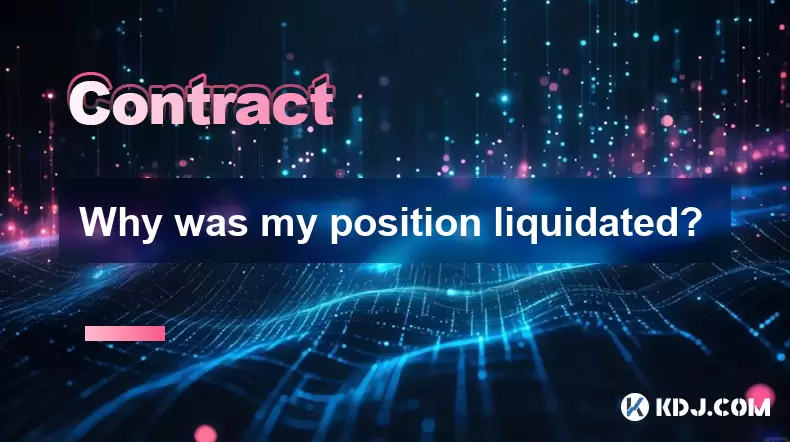
Why was my position liquidated?
Jul 22,2025 at 12:07pm
Understanding Liquidation in Crypto TradingLiquidation in cryptocurrency trading occurs when your position is automatically closed by the exchange due...
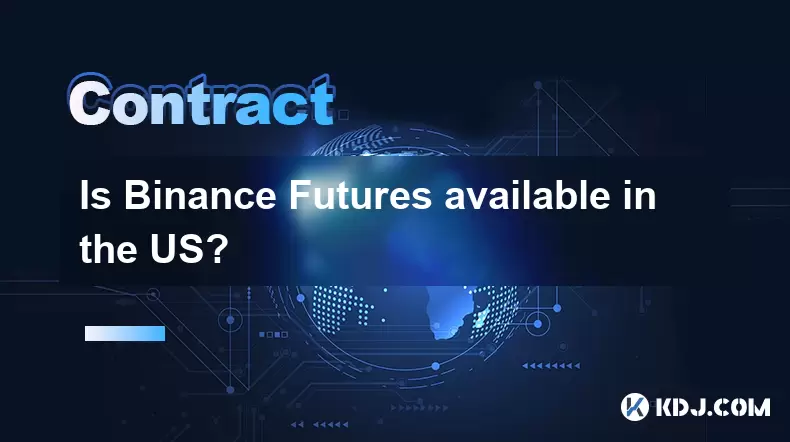
Is Binance Futures available in the US?
Jul 22,2025 at 11:42am
Understanding Binance Futures and Its Global ReachBinance Futures is a derivatives trading platform offered by Binance, one of the world’s largest cry...

What is a maker vs a taker fee?
Jul 19,2025 at 01:14am
Understanding the Basics of Cryptocurrency Exchange FeesIn the world of cryptocurrency trading, maker vs taker fees are a fundamental concept that eve...
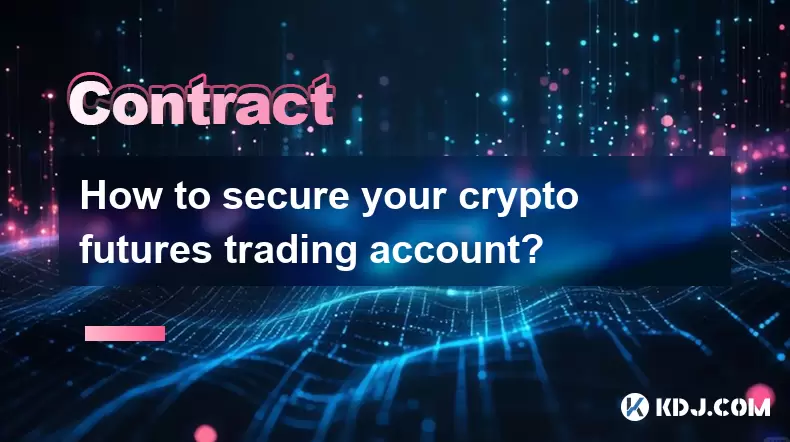
How to secure your crypto futures trading account?
Jul 21,2025 at 11:42pm
Understanding the Risks in Crypto Futures TradingCrypto futures trading involves significant risks due to market volatility and leverage. Your trading...
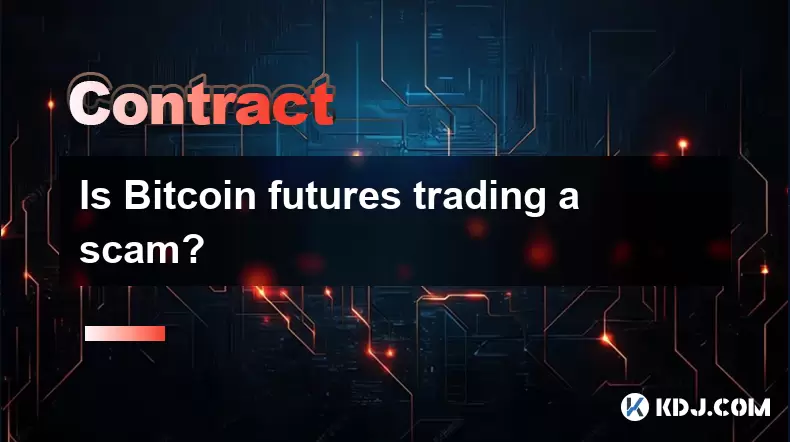
Is Bitcoin futures trading a scam?
Jul 22,2025 at 01:42am
Understanding Bitcoin Futures TradingBitcoin futures trading refers to the process of buying and selling contracts that derive their value from the fu...

How to analyze Bitcoin futures data from CME?
Jul 19,2025 at 05:22pm
Understanding Bitcoin Futures on CMEBitcoin futures on the CME Group (Chicago Mercantile Exchange) represent a regulated financial instrument that all...

Why was my position liquidated?
Jul 22,2025 at 12:07pm
Understanding Liquidation in Crypto TradingLiquidation in cryptocurrency trading occurs when your position is automatically closed by the exchange due...

Is Binance Futures available in the US?
Jul 22,2025 at 11:42am
Understanding Binance Futures and Its Global ReachBinance Futures is a derivatives trading platform offered by Binance, one of the world’s largest cry...

What is a maker vs a taker fee?
Jul 19,2025 at 01:14am
Understanding the Basics of Cryptocurrency Exchange FeesIn the world of cryptocurrency trading, maker vs taker fees are a fundamental concept that eve...

How to secure your crypto futures trading account?
Jul 21,2025 at 11:42pm
Understanding the Risks in Crypto Futures TradingCrypto futures trading involves significant risks due to market volatility and leverage. Your trading...

Is Bitcoin futures trading a scam?
Jul 22,2025 at 01:42am
Understanding Bitcoin Futures TradingBitcoin futures trading refers to the process of buying and selling contracts that derive their value from the fu...

How to analyze Bitcoin futures data from CME?
Jul 19,2025 at 05:22pm
Understanding Bitcoin Futures on CMEBitcoin futures on the CME Group (Chicago Mercantile Exchange) represent a regulated financial instrument that all...
See all articles
























